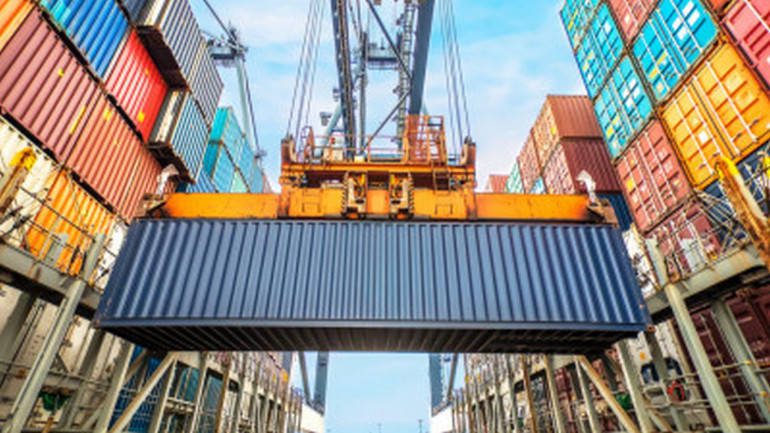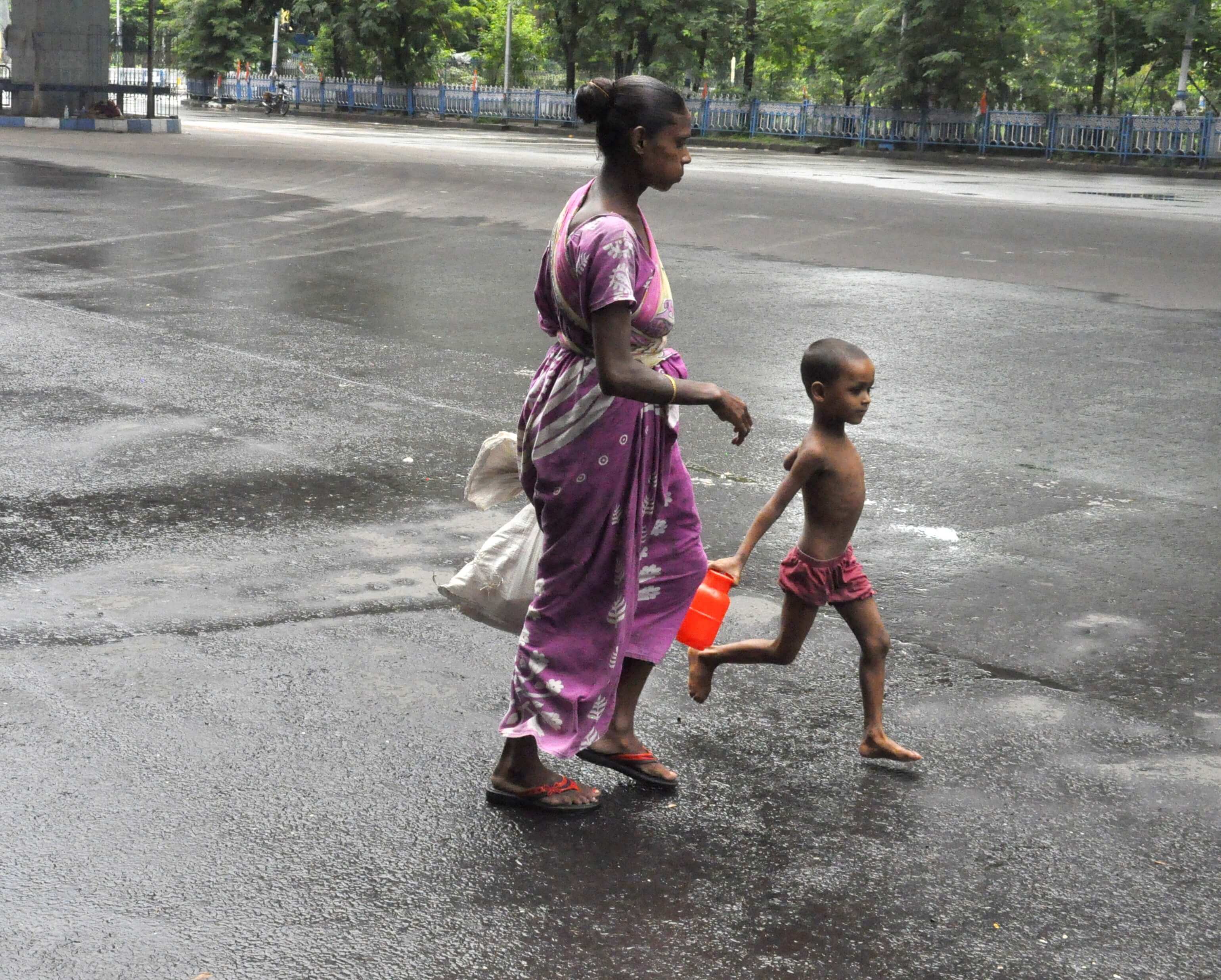Reading Time: 3 minutes
India had prepared a strategy paper in 2013-14 after sustained high exports growth for almost a decade. At that time the target was to achieve $500 billion in exports in three years. But it was not implemented as exports slowed down due to a difficult global situation. Lately, global trade has started looking up. A report, for Different Truths.
Buoyed by a pick-up in exports in April-June quarter this year, India may target $400 billion annual merchandise exports in two years, a top export body said.
India clocked about $300 billion merchandise exports in 2017-18 after dipping to $275 billion in the 2016-17 – a near 10 percent annual growth. The country achieved $313 billion in exports in 2013-14 and in subsequent years exports have shown a declining trend in the face of the global slowdown.
The first quarter of this fiscal, exports have seen a pick-up with May witnessing a 20 percent growth and June 18 percent. This has prompted Commerce Ministry to evolve a strategy in consultation with Federation of Indian Export Organisations to push annual merchandise exports to $400 billion in two years.
A sustained 20 percent exports growth from now on this year will easily push India’s merchandise exports to a little over $350 billion and targeting $400 billion in next financial year should be achievable, according to FIEO president Ganesh Kumar Gupta.
A 20 percent exports growth is sustainable, Gupta said emphasising, however, that a strategy is needed, particularly to tap the huge potential in markets like Africa and Latin America. Indian textiles, handicrafts, handlooms, leather, engineering goods, pharmaceuticals, and automobiles have huge potential.
“Even China is importing a lot of items from India, like Handicrafts, Carpets and US-China trade war too opened up a window of opportunity to push exports to both Beijing and Washington. However this needed to be worked upon,” he said. The commerce ministry-FIEO joint strategy will be readied shortly, he added.
India had prepared a strategy paper in 2013-14 after sustained high exports growth for almost a decade. At that time the target was to achieve $500 billion in exports in three years. But it was not implemented as exports slowed down due to a difficult global situation. Lately, global trade has started looking up.
Widening trade deficit, which is expected to hover around $200 billion this financial year due to surging oil, gold and electronics exports has “forced us to evolve this new strategy,” Gupta said.
Economist H A C Prasad, who recently retired as a senior economic advisor in the finance ministry, has come out with a study paper on the challenges and policy initiatives needed to take India’s merchandise exports to a new high.
Prasad, who was the earlier economic advisor in the commerce ministry, said in the paper that with green shoots in merchandise exports, it is only appropriate to raise India’s share in world exports to a respectable five per cent.
At present India’s share in world merchandise exports is a mere 2 per cent as against China’s 14 per cent. Global trade is cruising at 4.5 percent growth and it may remain at that level next couple of years but for a temporary blip due to the trade war. It is time for India to try and cash-in through sustained exports reforms.
To take it to five percent, merchandise exports should reach $882 billion by 2022, which means India’s export growth rate needed to be around 27 percent CAGR in five years. This is not impossible as India has had higher exports growth during 2004-09, Prasad said.
To boost trade, India has to make its exports demand-based rather than supply-based as at present.
In most of the top imports of the world, the presence of India’s exports is very small. In 2015, India’s exports share in the top 100 items was not that impressive and only in 5 items the share was more than 5 percent. A demand-based exports strategy will help increase its share in those 100 items.
India has a huge potential to increase farm exports. The strategy is to raise farms exports from the present $40 billion annually to $100 billion with improved packaging and shelf life through better cold storage facilities.
India had a record 375 million tonnes horticulture production in 2017-18 and it is expected to improve further with a good monsoon. India’s farm production cost is the cheapest in the world and with an improved market strategy, the country could step up farm exports in no time. This will also improve farm income, a government official said.
Some specific steps were needed to improve ease of doing business for exporters, besides reduction in transactions cost, delay in ports to make Indian exports competitive, Gupta said, emphasizing a lot has been done but some unfinished tasks have to be attended to.
Prasad suggested setting up of an ombudsman to resolve export-related problems as there is no clear-cut dispute resolution mechanism at the moment.
K R Sudhaman
©IPA Service
Photo from the Internet
















